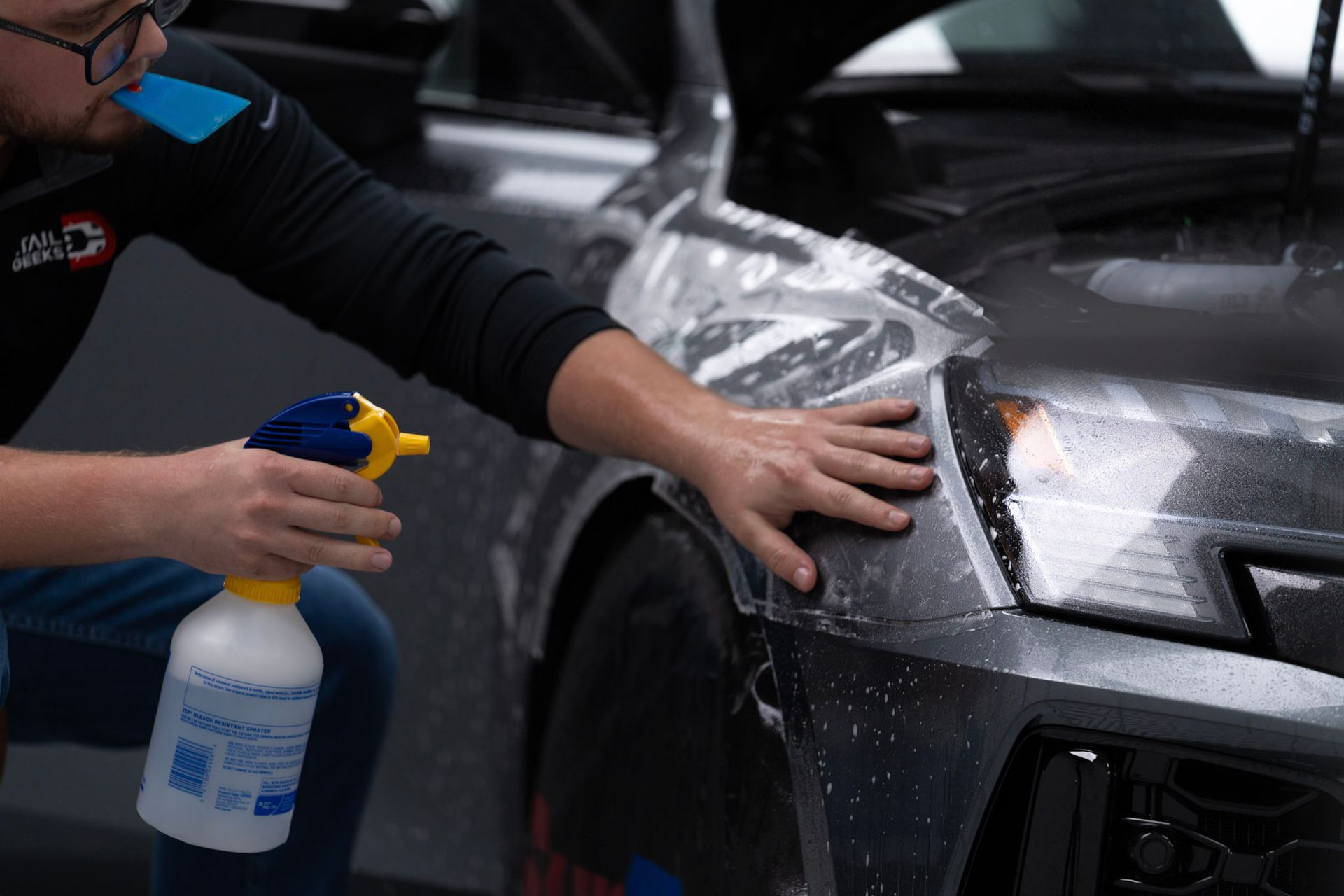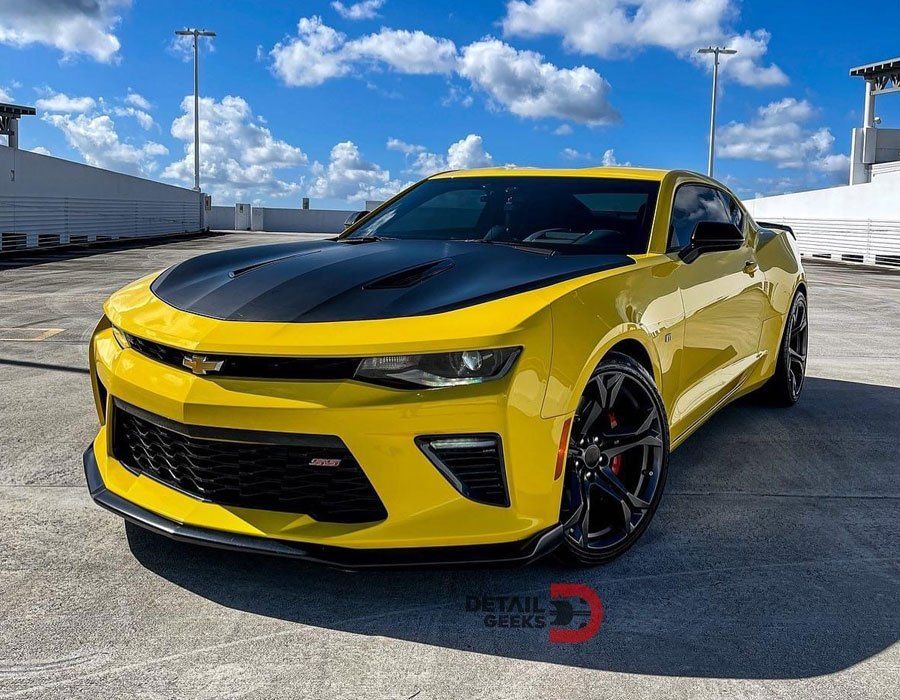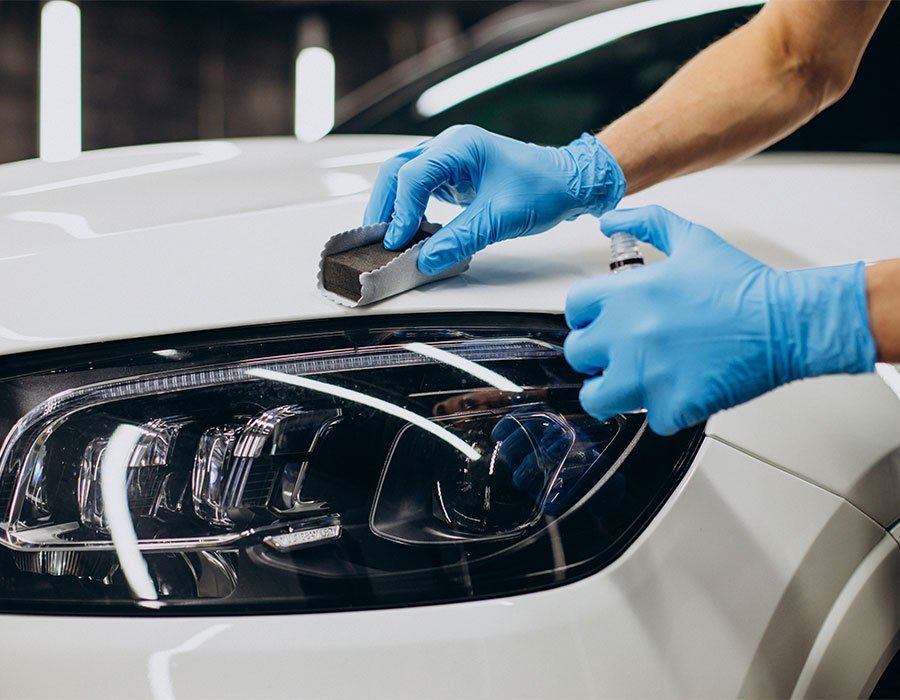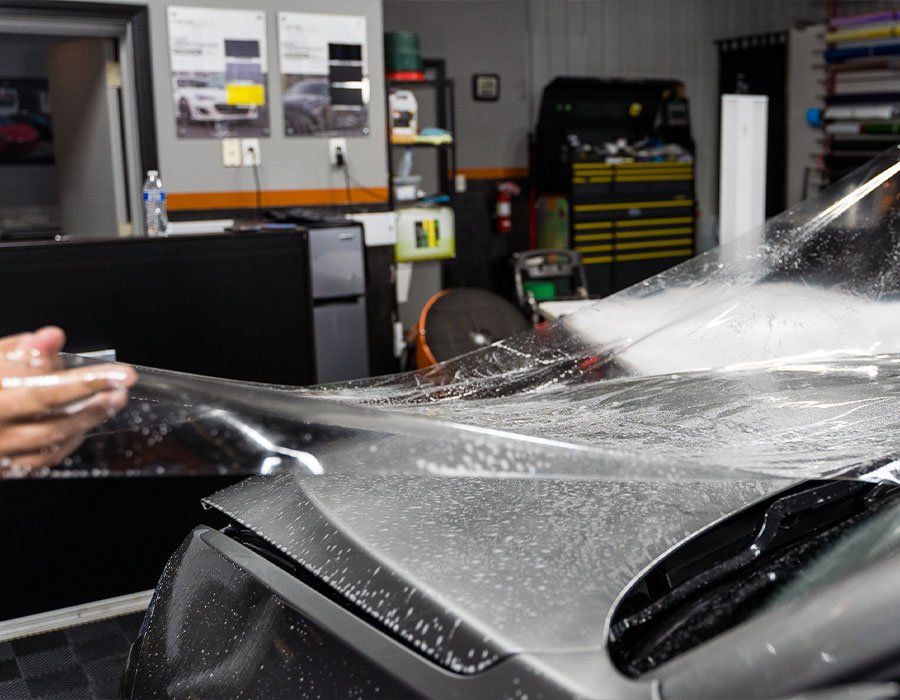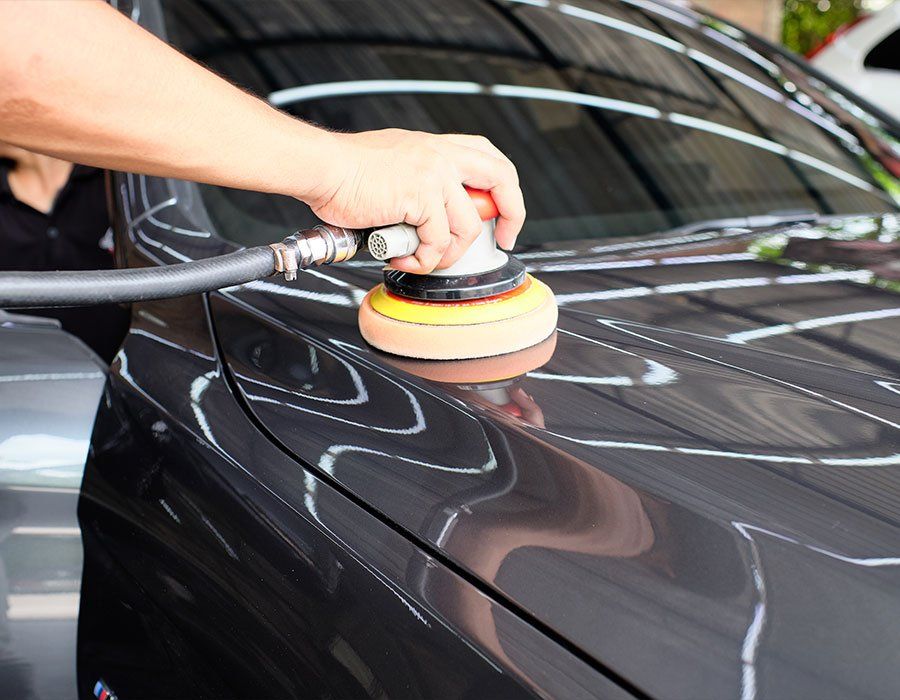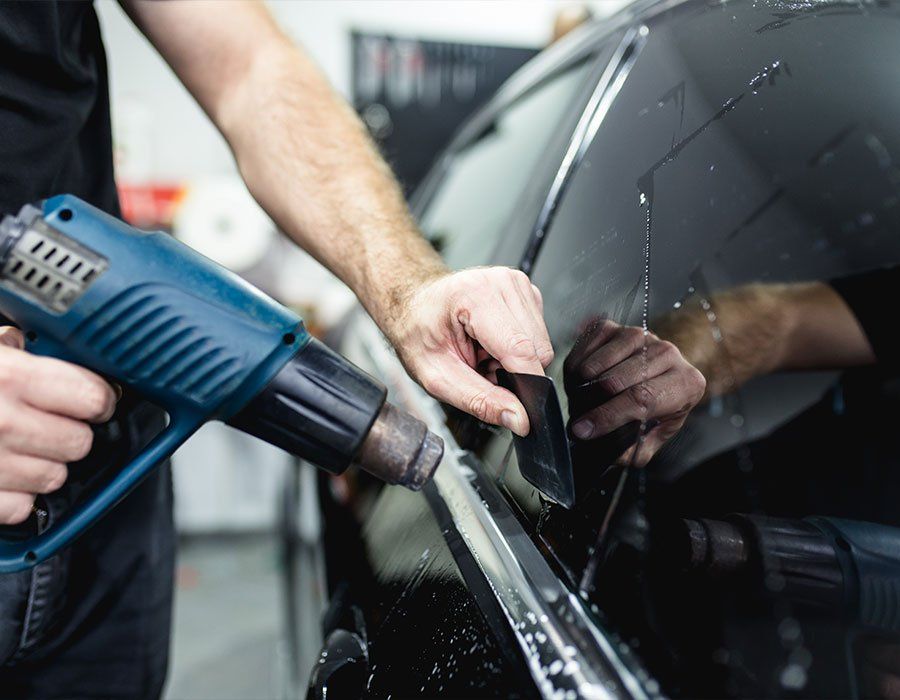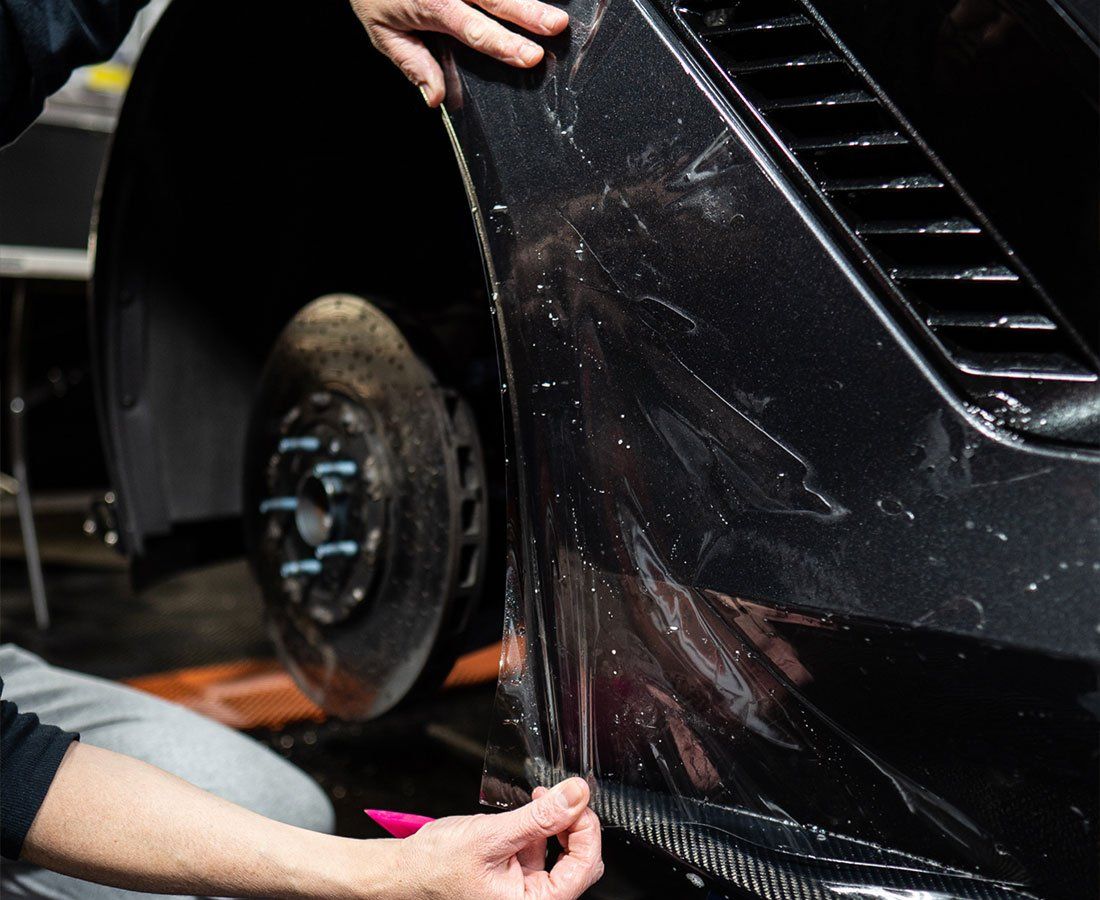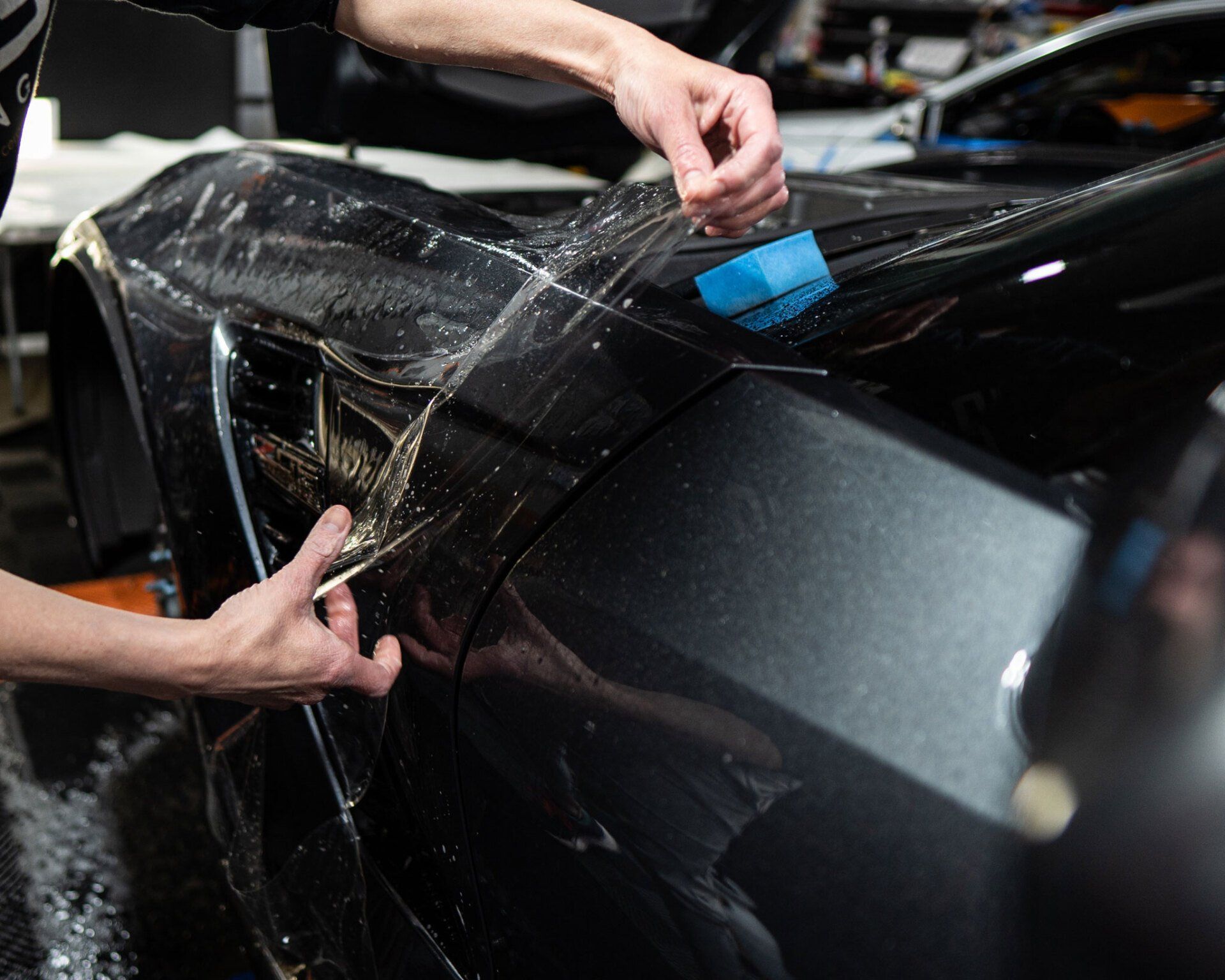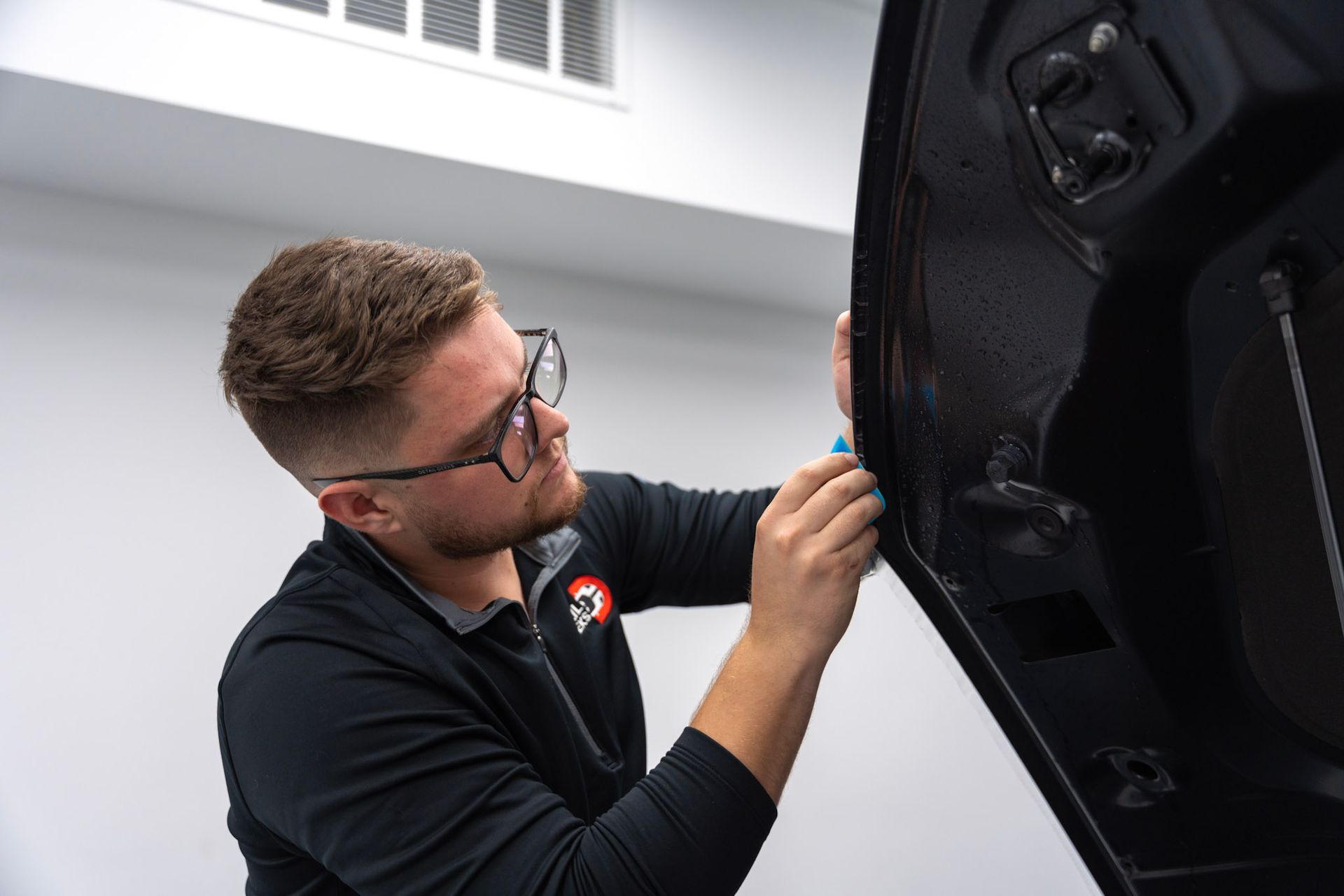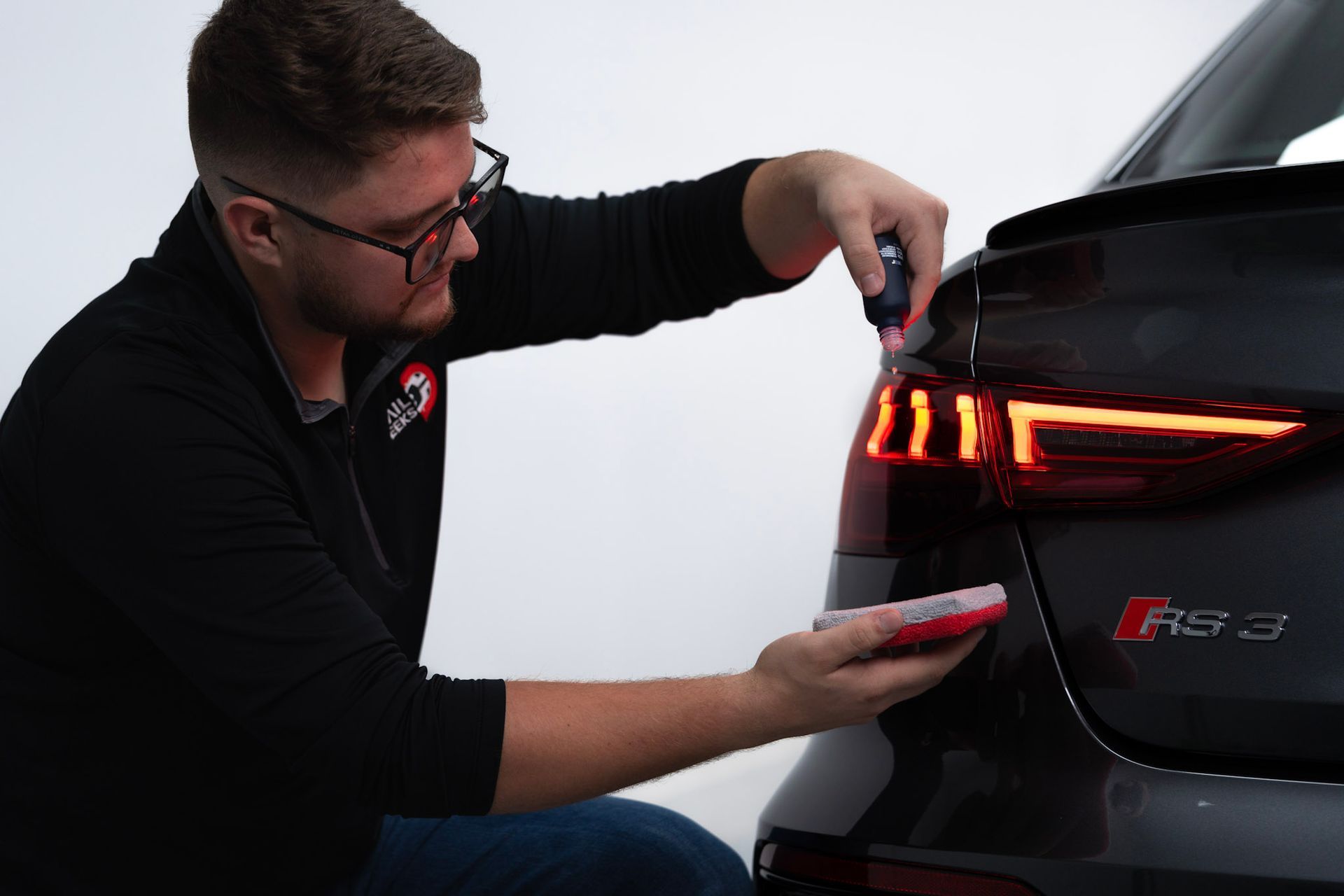Is Paint Protection Film Worth It for Daily Drivers?
When it comes to caring for your car, one question often pops up: Is investing in Paint Protection Film (PPF) really worth it for daily drivers? Picture yourself navigating the bustling streets or cruising down the highway, where every turn seems to threaten your vehicle’s pristine paint job. It’s a common worry among car owners—daily wear and tear can lead to unsightly scratches and chips that may drastically affect your car's overall look and value. I’ve spent time exploring this topic, diving into the pros, cons, and surprising benefits of PPF, and what I found might make you rethink how you protect your ride. Let’s take a closer look at why PPF can be more than just a luxury; it could be a smart investment for anyone who relies on their vehicle every day.
Yes,
Paint Protection Film (PPF) is often considered worth the investment for a daily driver, as it significantly protects against scratches, rock chips, and environmental damage while helping maintain the vehicle's appearance over time. Many users find that PPF enhances durability and makes cleaning easier, thus preserving both the aesthetic and resale value of their vehicle.
Why Consider Paint Protection Film?
Paint Protection Film (PPF) is not just about aesthetics; it’s essentially a shield for your vehicle. This transparent urethane film offers robust protection against everyday hazards that could damage the paint.
Living in a world where road debris, UV rays, and environmental contaminants reign supreme, PPF is a formidable guardian. Think of it as an armor that keeps your car looking pristine while also preserving its resale value. In fact, studies suggest that vehicles equipped with PPF could retain 80% of their resale value compared to just 60% for those without any protective measures in place.
To fully appreciate the benefits of PPF, let’s explore how it works to protect your car. PPF serves as a barrier against rock chips, scratches, and harmful substances like bird droppings and tree sap. With daily drivers constantly exposed to these elements, having PPF can mean the difference between a beautiful paint job and one riddled with unsightly blemishes. For instance, frequent freeway drivers who face a barrage of stones can experience up to a 90% reduction in paint damage thanks to PPF.
Imagine driving behind a truck on a busy highway. Without the film, each stone that bounces off your vehicle could leave a mark—a chip in your car’s exterior that will only worsen over time. But with PPF installed, these impacts become inconsequential as the film absorbs the shock and protects your vehicle’s integrity.
One benefit that often gets overlooked is how easy PPF makes maintaining your vehicle’s appearance. The smooth surface of the film repels dirt, which means washing becomes less tedious. It’s almost like magic: grime and bugs come off effortlessly during your typical cleaning routine. For those who take pride in their car’s aesthetics but struggle with maintenance, opting for PPF might be one of the smartest decisions you can make.
While some may argue against the upfront cost—often ranging from $1,500 to $7,000 depending on vehicle size—the long-term benefits typically outweigh these initial expenses. A common perspective shared among users is that investing in PPF feels like safeguarding your investment rather than simply spending on a luxury feature. Many Reddit participants echo this sentiment: the protection it provides justifies every penny spent.
With these advantages in mind, the discussion naturally flows into evaluating options beyond just Paint Protection Film, providing further insight into various ways to safeguard your vehicle's exterior.
Comparing PPF to Other Protection Options
When it comes to protecting your vehicle, there's no shortage of options on the market. Understanding how these differ in terms of effectiveness and longevity is crucial.
Traditional waxes and sealants have long been staples among car enthusiasts, offering a layer of protection that gives paint a beautiful shine. But here's the catch: they wear off relatively quickly, meaning they require frequent reapplications—typically every few months or even more often depending on conditions. This can be a hassle for those who aren't looking to commit extra time to upkeep.
On the other hand, ceramic coatings have made their mark as a more durable option, capable of lasting between two and three years without needing a reapplication. They offer excellent chemical resistance and help repel water, making cleaning easier. However, while they do provide a nice hydrophobic effect, they lack the physical barrier necessary to absorb impacts from rocks or road debris like PPF does.
If your primary concern is protection against the elements—especially impacts from gravel, sand, and road debris—Paint Protection Film stands out clearly as the superior choice among these options. It not only shields your vehicle’s exterior but also possesses self-healing properties that allow minor scratches to vanish when exposed to heat.
While all these options serve their purpose in keeping your vehicle looking pristine, considering installation approaches can further influence your decision on which protection method is best suited for your needs.
DIY vs. Professional Installation
Embarking on a DIY installation of PPF may seem like an appealing route due to potential cost savings. However, it's essential to recognize that this process requires more than just the film itself; it demands skills and tools that not everyone possesses.
Installing PPF involves precise cutting, proper alignment, and creating a dust-free environment to ensure a flawless finish. One user on Reddit shared their experience, saying, "I tried it myself but ended up with bubbles and misalignment; had to redo the whole thing." This illustrates how even minor mistakes can lead to significant setbacks in your project.
Given the challenges of DIY, it's worth exploring professional installation.
Skills and Tools Required
When it comes to the skills needed for installing PPF, attention to detail is paramount. You must be comfortable handling sharp tools for cutting the film and may also need additional equipment such as heat guns for flexibility when applying the film to curves and contours. Moreover, ensuring a thoroughly clean workspace cannot be overstated—any speck of dust can compromise the application, leading to unsightly imperfections later on.
On the other hand, looking at professional installation, let's examine what they bring to the table.
Professional Installation
Hiring a professional for PPF installation comes with its own set of benefits. Experts in auto detailing have years of experience under their belts and employ specialized tools designed specifically for this task, ensuring that every edge is aligned perfectly without bubbles or imperfections.
While DIY offers cost savings, there's always the inherent risk of making costly errors along the way. If your enthusiasm leads you to a botched project that requires reapplication, those savings could quickly evaporate into added expenses. Conversely, the cost of professional services for full coverage typically will be based on vehicle size and complexity. While this might seem expensive at first glance, the peace of mind knowing that your investment is being handled with expertise often outweighs the initial price tag.
Weighing the effectiveness of professional assistance against the satisfaction—and risks—of going DIY sets the stage for evaluating what challenges may lie ahead in maintaining paint protection solutions.
Potential Drawbacks of Paint Protection
One of the more frequent concerns when it comes to PPF is yellowing. Over time, particularly in sunny regions, users have reported that the film tends to develop a yellow tint, especially on white or light-colored vehicles. This can detract from the overall appearance of your car, counteracting the initial goal of maintaining its aesthetic. However, many modern films are designed with UV resistance technology aimed at minimizing this issue. Even so, some individuals still encounter this problem after a few years of exposure.
The price of PPF installation can lead to sticker shock for many consumers. You might find the upfront cost intimidating—often ranging from $500 to several thousand dollars depending on the coverage area and vehicle size.
Yet, if you weigh that against future potential costs for paint repairs and resprays caused by scratches and chips, it may start to look like a worthwhile investment. Regular maintenance will mitigate damages that could become much pricier in the long run. Those less cautious about caring for their vehicle may find themselves needing repairs sooner than they’d think.
Another aspect to consider is the installation quality. If applied improperly, PPF can develop bubbles or peeling edges, detracting from the sleek finish you're aiming for. Research indicates that approximately 15% of installations suffer from such issues because they haven't been applied with utmost care. This suggests that investing in professional installation might be necessary for those serious about achieving optimal results.
Lastly, while PPF provides solid protection against minor abrasions and rock chips, it is not completely infallible. For instance, it cannot absorb impacts from deep scratches or significant dents effectively—underscoring the importance of handling your vehicle carefully even when protected.
Understanding these aspects can guide you in evaluating the role of protective measures in keeping your vehicle pristine while navigating potential costs associated with upkeep over time. Let's take a closer look at what these financial responsibilities entail as we continue our exploration.
Long-Term Benefits for Daily Drivers
The resale value of your vehicle can hinge on its appearance, and that’s where PPF shines. A vehicle free from scratches, chips, or fading paint naturally attracts more buyers. By maintaining the car's exterior with a clear protective layer, you ensure that the paint remains in excellent condition, which can significantly elevate its resale value. Think of that pristine car someone sees on the lot—buyers are often willing to pay a premium for it.
Beyond just resale value, PPF provides an invaluable sense of peace of mind. Consider those busy mornings when you're rushing to work or navigating through school pick-up lines. With PPF, there's no need to fret over minor incidents like scrapes against bushes or stray shopping carts. This film acts as a steadfast barrier against everyday wear and tear, allowing you to focus on the road ahead rather than worrying about your vehicle’s appearance.
Additionally, let’s not overlook how PPF contributes to aesthetic longevity. Imagine driving around in a vehicle that looks as fresh as it did when you first drove it off the lot—that’s the promise PPF holds. It reflects light beautifully, maintains gloss, and prevents dulling caused by environmental factors such as UV rays and pollution. Over time, this keeps your vehicle looking newer for much longer—a win-win for those who spend considerable time behind the wheel.
Integrating paint protection film into your regular vehicle maintenance routine could prove to be one of the smartest decisions you make for both your peace of mind and your wallet.
For more information on the benefits of Paint Protection Film, feel free to reach out to us at
Detail Geeks or call us at (305) 896-2430.
Detail Geeks Blog
